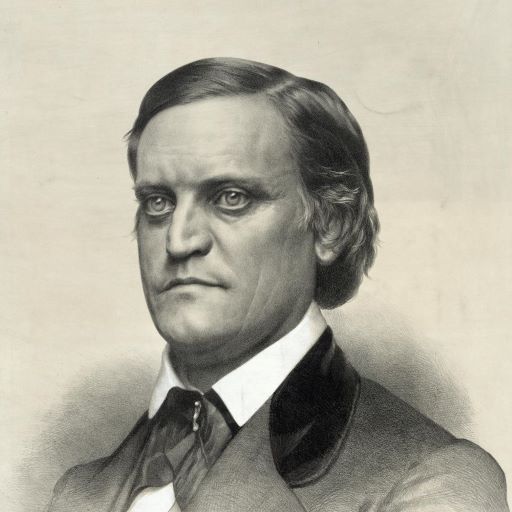I chose John Breckinridge as a non-fictional character in The Cornfield since he was defeated by Abraham Lincoln in the 1860 presidential election, fit the stereotype of a southern plantation owner (even though he didn’t own a plantation), and owned a townhouse which became part of Washington’s Douglas Hospital. Since that was my only use for him, I did not add any fictional characteristics.
Breckinridge was from Kentucky and served in various state offices and as a member of the U.S. Congress. He fervently believed in the states’ right position against the interference with slavery. He was elected Vice President of the United States in 1856, with the election of James Buchanan as President.
He ran for President in 1860, wining most of the electoral votes in the southern states. But Abraham Lincoln carried nearly all the northern states and, of course, was elected. The Kentucky legislature then elected Breckinridge to the U.S. Senate.
When eleven southern states chose to secede from the Union, Kentucky chose not to. Breckinridge fled Kentucky and joined the Confederate army. He immediately became a brigadier general, and later major general.
For joining the Confederate army, he was expelled from the U.S. Senate and his townhouse confiscated by the U.S. government.
Late in the war, Breckinridge left the army and became the Secretary of War for the Confederate States of America. Under the terms of the Lee’s surrender at Appomattox Court House, Rebel soldiers were not charged with treason and instead paroled.
These surrender terms did not apply to Confederate politicians. President Jefferson Davis was soon arrested, as were other Confederate leaders. Breckinridge escaped, travelling south to Florida and then Cuba. He spent the next several years in exile, in Cuba, Great Britain and Canada.
U.S. President Andrew Johnson granted amnesty to all Confederates in 1868. Breckinridge returned to the United States in 1869 and died in 1875.
